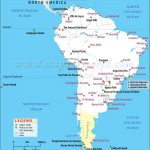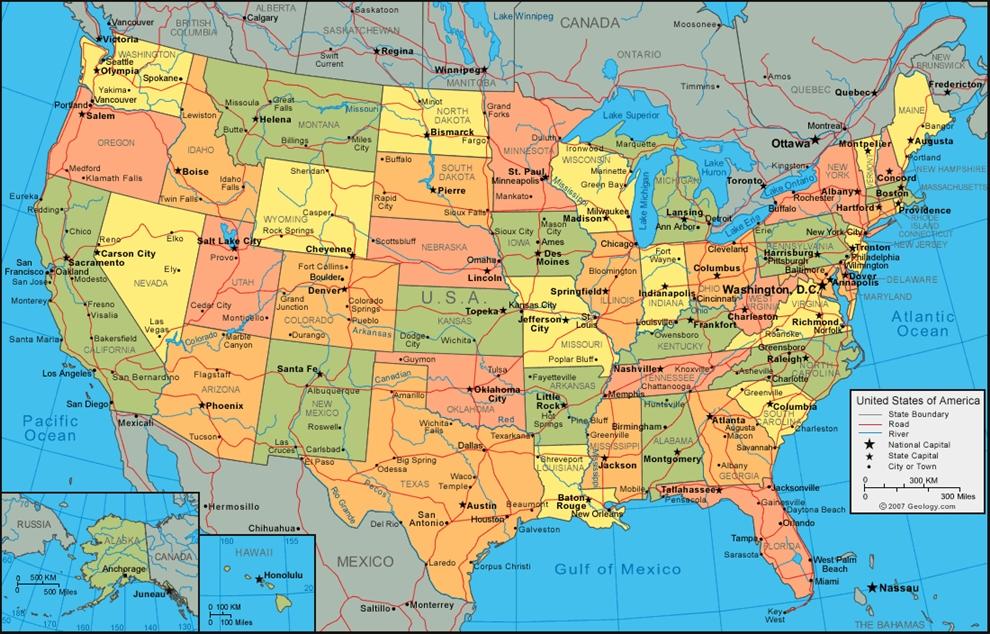In addition, the Virginia Company initiated a program called headright, which offered fifty acres of land to emigrants who could pay their own passage
and an additional fifty acres for any servant they brought with them. This attracted a more stable and skilled middle class hoping to establish homesteads.
By this time, communities had been established, and news of life in the New World had reached England. Later settlers had the benefit of knowing what
lay ahead.
The native population of Virginia in 1607 was estimated at near 24,000. By 1669, it had dwindled to 2,000. Fear and frustration with the indigenous
peoples inspired legislation to curb their numbers. Landowners were given license to shoot any Native Americans caught trespassing on their lands. Since
the native peoples did not acknowledge land ownership, this was viewed by them as yet another unwarranted assault and provoked hostilities. Diseases,
including smallpox and the common cold, for which they had no immunity, further culled the native population. Driven inland, coastal tribes, like the
Pequot and the Paspahegh, steadily declined. Inland populations, however, continued to cause problems for the colonists through the eighteenth century.
Between 1620 and 1630, the tobacco boom inspired increased immigration, and the population grew rapidly. From a slim, near-starving 350 settlers in
1616, the population of Virginia exploded, reaching nearly 13,000 by midcentury. At this time, the mortality rate continued to be high. Hard work and
disease due to poor sanitation took 25 percent of the population yearly.
In 1650, African slaves comprised only 2 percent of the population. It was much cheaper for a Virginia farmer to purchase an indentured servant. Between
1625 and 1640, 15,000 indentured servants had immigrated to Virginia. As land became scarce due to the headright program and profits grew from
tobacco, purchasing slaves became more desirable. Indentured servants would be set free and expect severance pay in the form of land, goods, and/or
money. Slaves, on the other hand, were considered property. African slaves were also better accustomed to the demands of farm labor and the hot
climate of the American South, and so made more cost-effective workers. By 1770, African slaves made up 13 percent of the population, and by the time
of the American Revolution, slaves comprised 45 percent of Virginia’s total population.
New Netherland in the Hudson River Valley and New Sweden in the Delaware River Valley did not experience the same growth rate as the more
southern and northern colonies. Despite the relatively mild climates and fertile soil in these colonies, the Dutch and Swedish simply did not have the same
impetus to leave their homes as did the English. In 1660, New Netherland had only 5,000 colonists, compared with 25,000 in Chesapeake Bay.
America Guide Tourist Photo Gallery
Maybe You Like Them Too
- Top 10 Islands You Can Buy
- Top 10 Underrated Asian Cities 2023
- Top 10 Reasons Upsizing Will Be a Huge Travel Trend
- Top 10 Scuba Diving Destinations
- The Best Cities To Visit in The World








